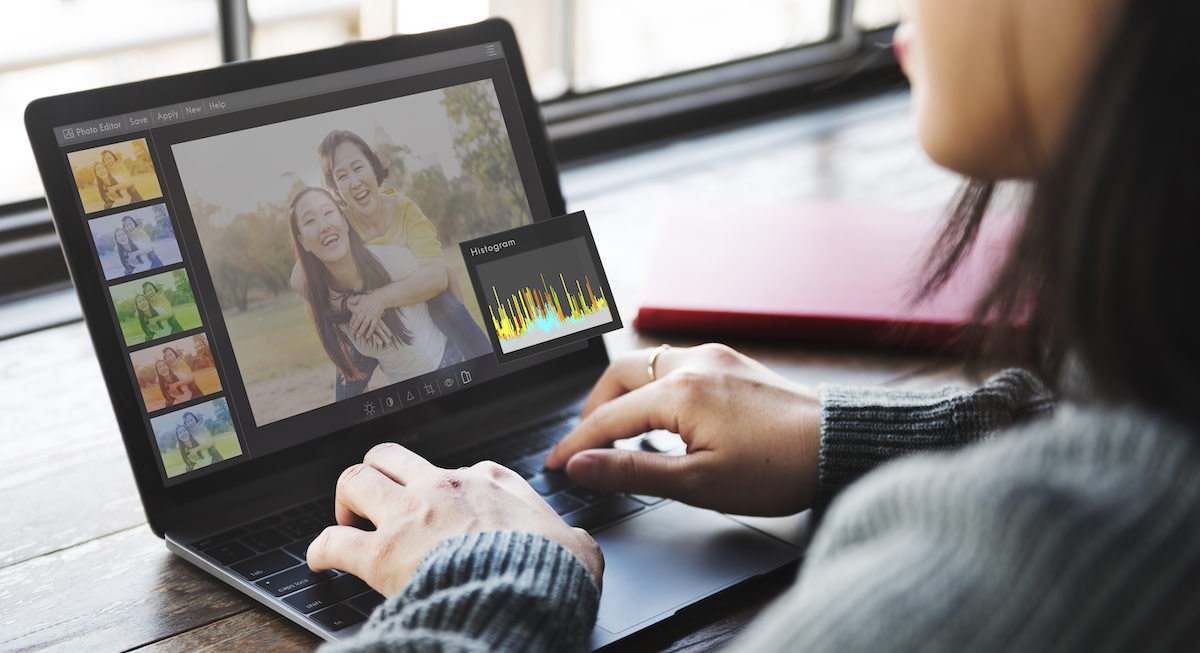Photography 101: How to Use Histograms for Better Photos
Written by MasterClass
Last updated: Sep 29, 2021 • 3 min read
Digital cameras provide photographers with many tools that are not available to analog photographers shooting on film. One of the most useful tools available to both amateur and professional digital photographers is a histogram.
Learn From the Best
What Is a Histogram?
A histogram is a graph of the tonal color and light values of a given photo. Histograms are easily accessible on most modern digital cameras and any computer-based photo editing software like Lightroom. Photographers use histograms to make sure their digital photographs are properly exposed and to adjust exposure settings to compensate for any errors. As a photographer, learning to properly use histograms can greatly improve your photography and ensure proper exposure in your images.
How to Read a Histogram
A histogram appears as a two-axis graph, with tonal values being represented on the horizontal axis and different types of light represented on the vertical axis.
- The left side of the histogram is where you’ll find pure black and on the right-hand side is where pure white is represented. In between them, you’ll find your midtones, shadows, and highlights.
- The first thing to keep in mind is that if the right edge of your histogram displays a spike, part of your photo is completely overexposed and blown out. This means a portion of your image has a complete loss of detail and therefore cannot be adjusted or fixed in post-processing.
- Conversely, if there is a spike on the left side of the histogram, it means that part of your image is pure black.
How to Use a Histogram in 4 Different Situations
Histograms are full of useful information but you need to learn how to read them in order to incorporate the data into your photographs. As a photographer, learning to read a histogram is an invaluable tool to gain information that you can use to adjust your shots depending on what aesthetic you are trying to achieve. Some of the things to look out for on your camera’s histogram depend on the conditions you are shooting in and what sort of image you are trying to capture. The following is a list of different types of shots and what to look out for if you’re attempting to capture one:
- 1. High key: If you’re shooting a high key scene that has a lot of light tones, you’ll want your histogram to show high tonal values on the right side of the graph. Be careful though, if the histogram on your camera’s LCD screen shows spikes on the right edge of the histogram, areas of your image will be blown out and your brightness levels will be too high. High key scenes are often shot in bright sunlight so it’s important to make sure you have the correct exposure and camera settings to prevent overexposure and preserve image quality.
- 2. Low key: Low key photographs are dark, and therefore you’ll expect the left side of the histogram to show high values—indicating dark tones. It’s possible if you’re shooting at night that you’ll see a spike on the left edge which would indicate a pure solid black. Because you’re shooting in low light, you need to make sure that your shutter speed is adjusted to prevent underexposure.
- 3. High contrast: If you are shooting a high contrast scene, then you will most likely have a lot of bright tones and a lot of dark tones with very little in between.
- 4. Low contrast: For low contrast images, your camera histogram should have a bell shape to reflect that mostly midtones being present in your image.
Learning to use a histogram is an incredibly important part of learning digital photography. A histogram is an invaluable tool that gives you information about your shots in real-time on your digital camera LCD screen. As you learn about digital photography and about your DSLR in particular, continue to check the histograms of your shots to get an accurate graphical representation of how different settings affect the tonal range, shadow detail and highlight detail of your images. Knowing how to interpret histograms and adjust your shots accordingly, will help you take your photography skills to the next level.
Want to Learn More About Photography?
Become a better photographer with the MasterClass Annual Membership. Gain access to exclusive video lessons taught by photography masters, including Jimmy Chin, Annie Leibovitz, and more.
